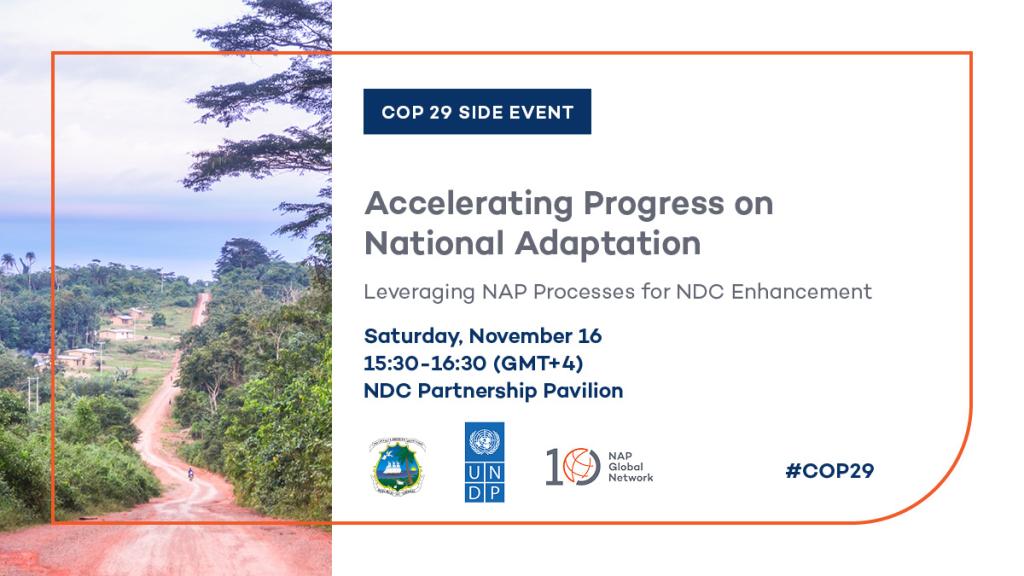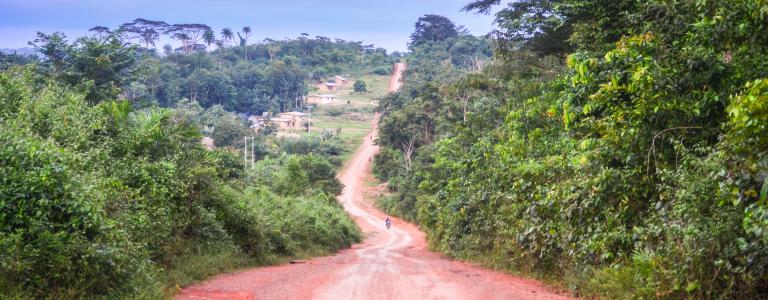COP 29 | Accelerating Progress on National Adaptation: Leveraging NAP processes for NDC enhancement
This COP 29 side event will highlight significant milestones achieved in national adaptation planning globally, and the opportunity to reflect this progress—alongside gaps and needs—in the adaptation chapter of updated nationally determined contributions (NDCs).

Almost all developing countries have a national adaptation plan (NAP) process underway. This event will highlight significant milestones achieved in national adaptation planning globally, and the opportunity to reflect this progress—alongside gaps and needs—in the adaptation chapter of updated nationally determined contributions (NDCs).
This event will
- profile stories of progress on adaptation planning, implementation, and monitoring, evaluation, and learning;
- share how countries are navigating the transition from planning to implementation of adaptation priorities articulated in NAPs and NDCs, including mobilizing finance;
- enhance overall understanding of the relationship between the NAP and the adaptation components of the NDC as well as opportunities and benefits of linking related adaptation planning processes;
- highlight country support needs on adaptation planning.
This event will be held at the NDC Partnership Pavilion.
Get the full list of NAP Global Network events at COP 29 here.
Upcoming events
COP 29 | From Toolkit to Reality: Designing MEL systems to inform the UAE Framework for Global Climate Resilience
This COP 29 side event aims to increase the knowledge and capacity of national governments, as well as actors supporting them, in developing and strengthening monitoring, evaluation and learning (MEL) systems for NAP processes.
A Municipal Perspective on the Value of Natural Infrastructure
This webinar will showcase examples the cost-effectiveness of natural infrastructure from a municipal perspective. Focusing on what municipalities need—what evidence and numbers they rely on, and what tools and planning processes are required to ensure that natural infrastructure is assessed alongside traditional infrastructure for cost-effectiveness.
